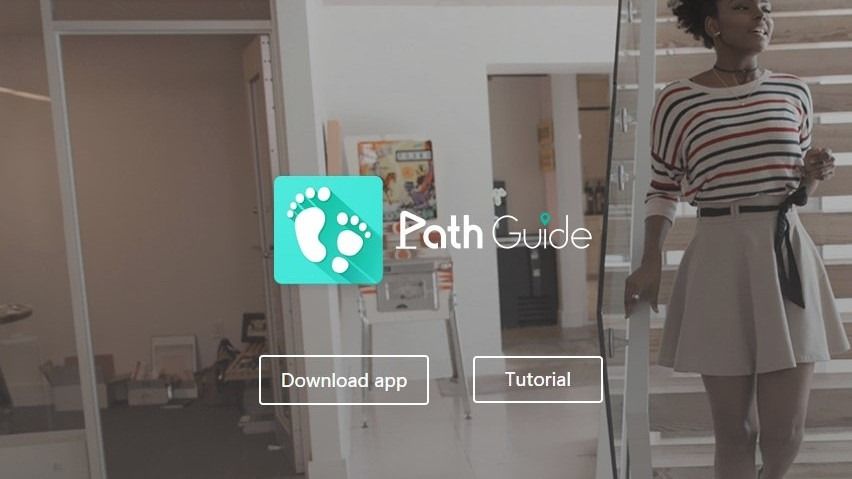latest
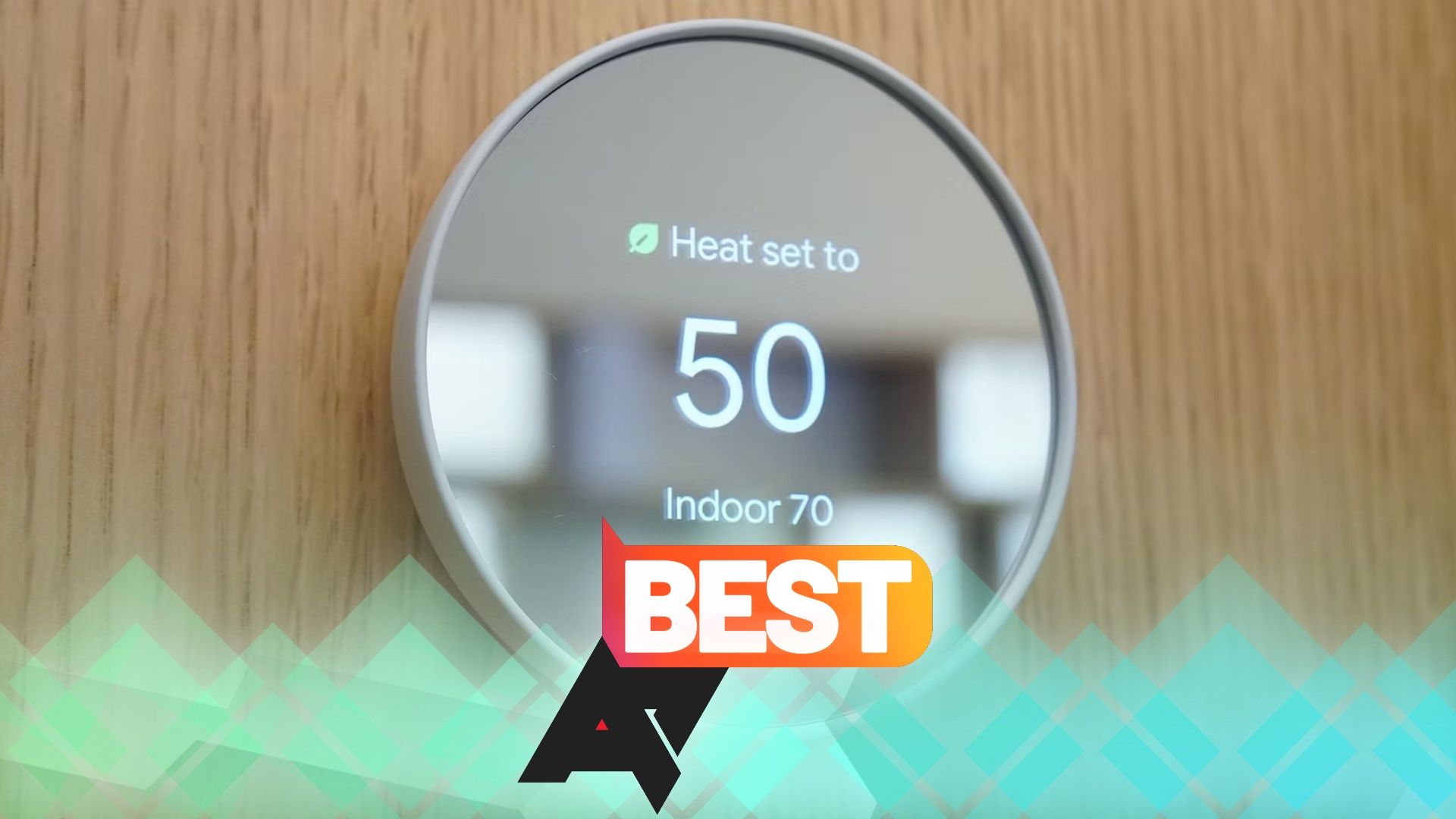
Best smart thermostats in 2024
Control your home temperature with ease with these smart thermostats and sensors
Smart thermostats are more popular and effective than ever. Buying and installing one might seem like a complex undertaking on the surface, but it's worth it for one of the most useful smart devices you can add to a home.
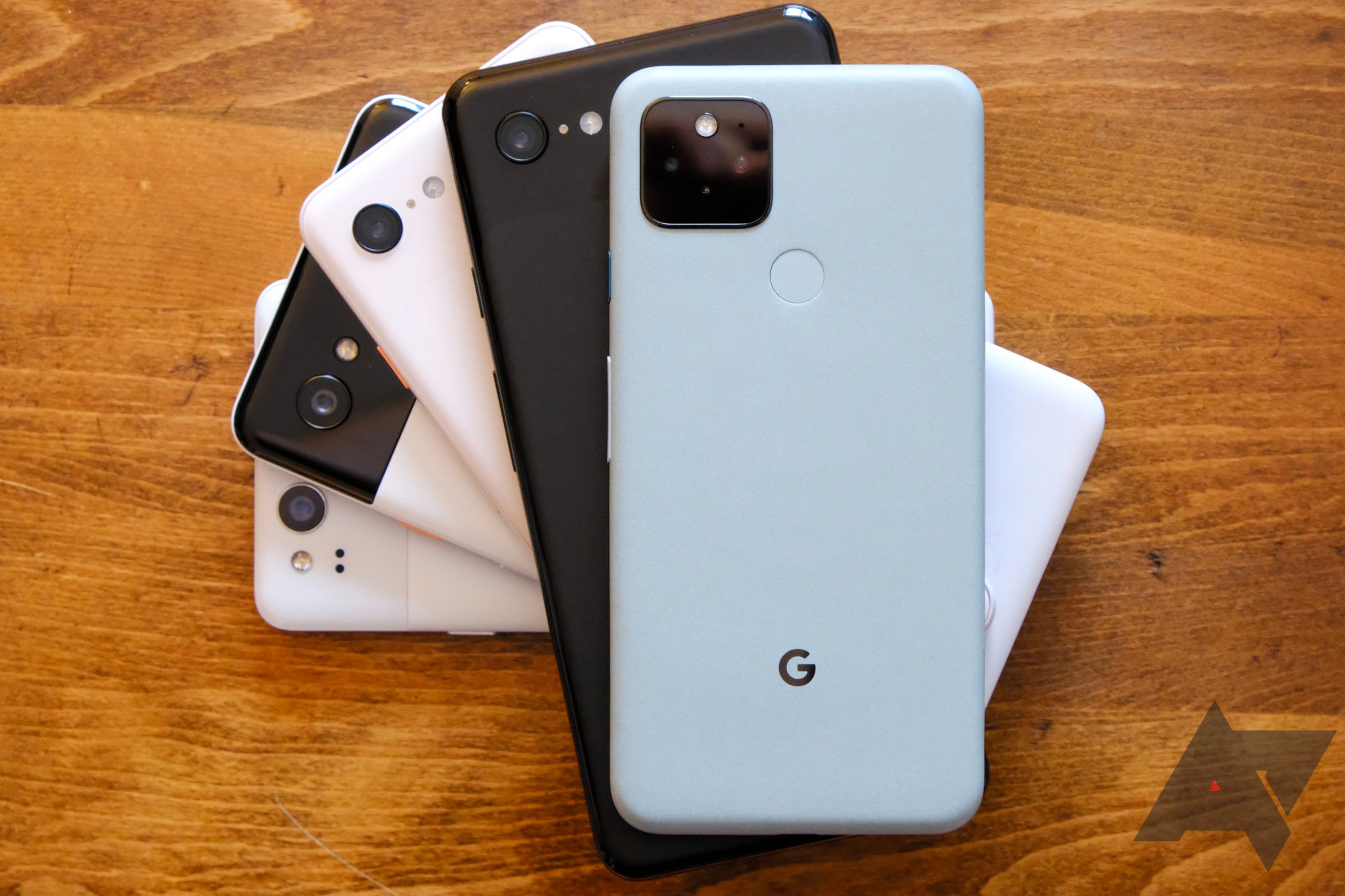
Long-standing Pixel bug that breaks all on-device sensors spreads to Pixel 5
Though the December update might fix it for some
In a case of déjà vu, a minority of Pixel 5 owners are starting to report issues with all of their phone's various on-device sensors, including the compass, gyroscope, and proximity sensor. Based on the details provided, this sounds like the same issue that some prior Pixel phones were plagued by, which may have been caused by a corrupted "persist" partition. However, Google tells us that a fix for several sensor issues across all Pixel devices was included in the December 2020 patch, and some of those affected claim the update fixes their problem.
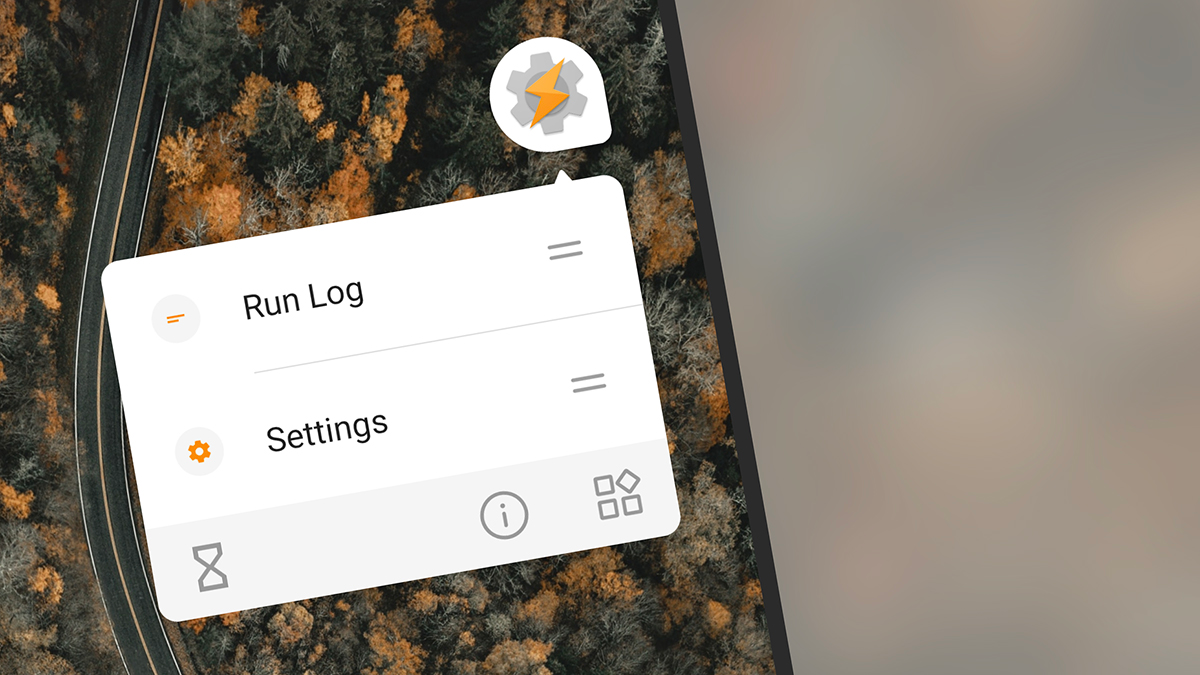
Tasker is the Swiss Army knife of Android power users. The app can automate basically anything, and in the right hands, it's a stupendously powerful tool. And today's v5.9.3 update has made it just a little bit more powerful. But don't let that tiny number change fool you, there's more than just bug fixes here. This latest version now supports any sensor on your device, works with contacts in third-party apps, gives you full Do Not Disturb control, and lets you send an unlimited number of variables between tasks, among literal piles of other changes.
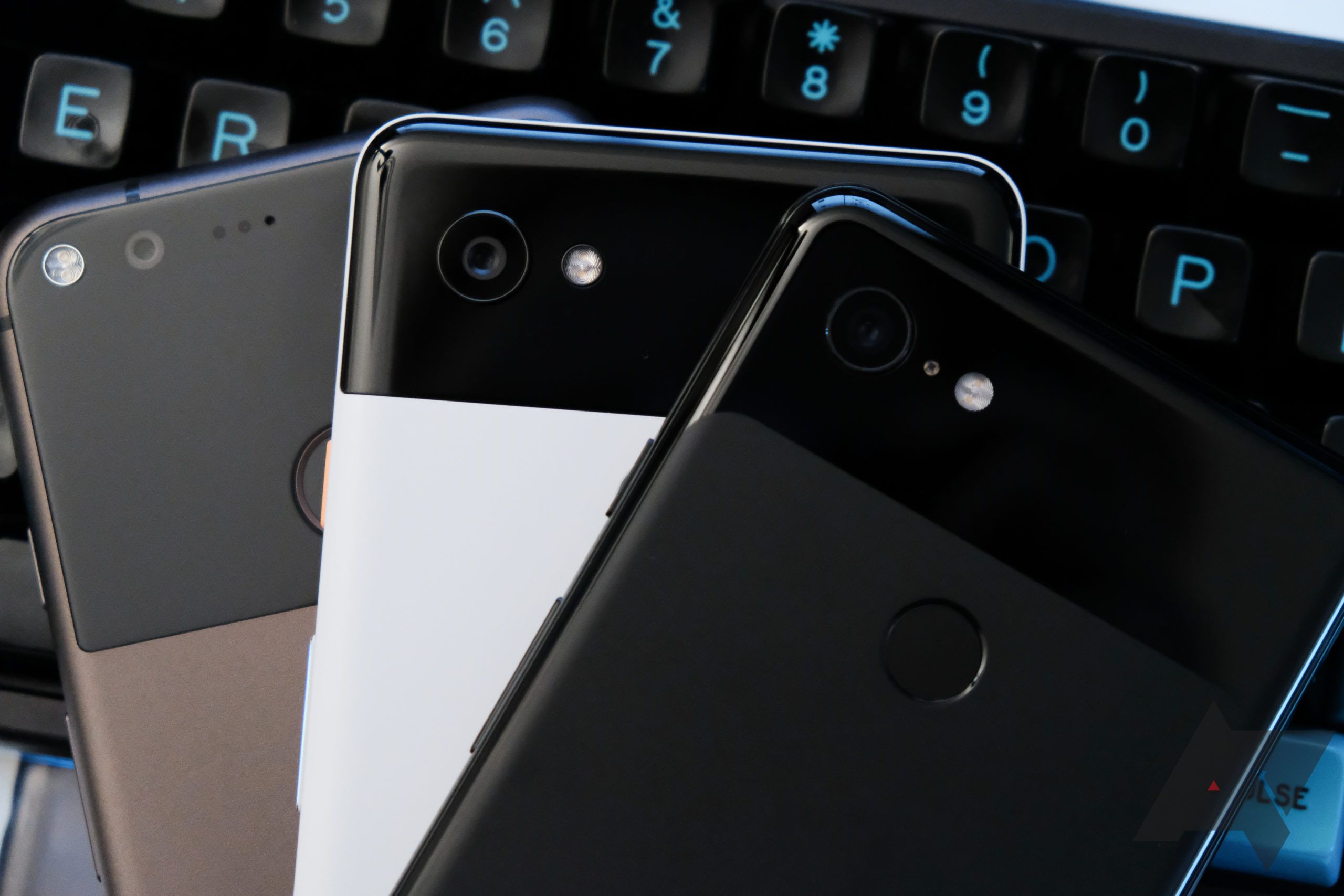
Many still affected by long-standing Android 10 update issue that breaks Pixel sensors
It's been over five months Google, this is ridiculous
Last year, after the Android 10 update first started rolling out for Pixel owners, there were a handful of reports that device sensors — things like the ambient light sensor for screen brightness, orientation sensor for auto-rotation, and Active Edge sensor — stopped working. A workaround was found for those with unlocked bootloaders, and many of those affected were part of the root and ROM crowd, but almost six months later, many phones are still affected, and those with Verizon-branded, locked devices are still simply out of luck.
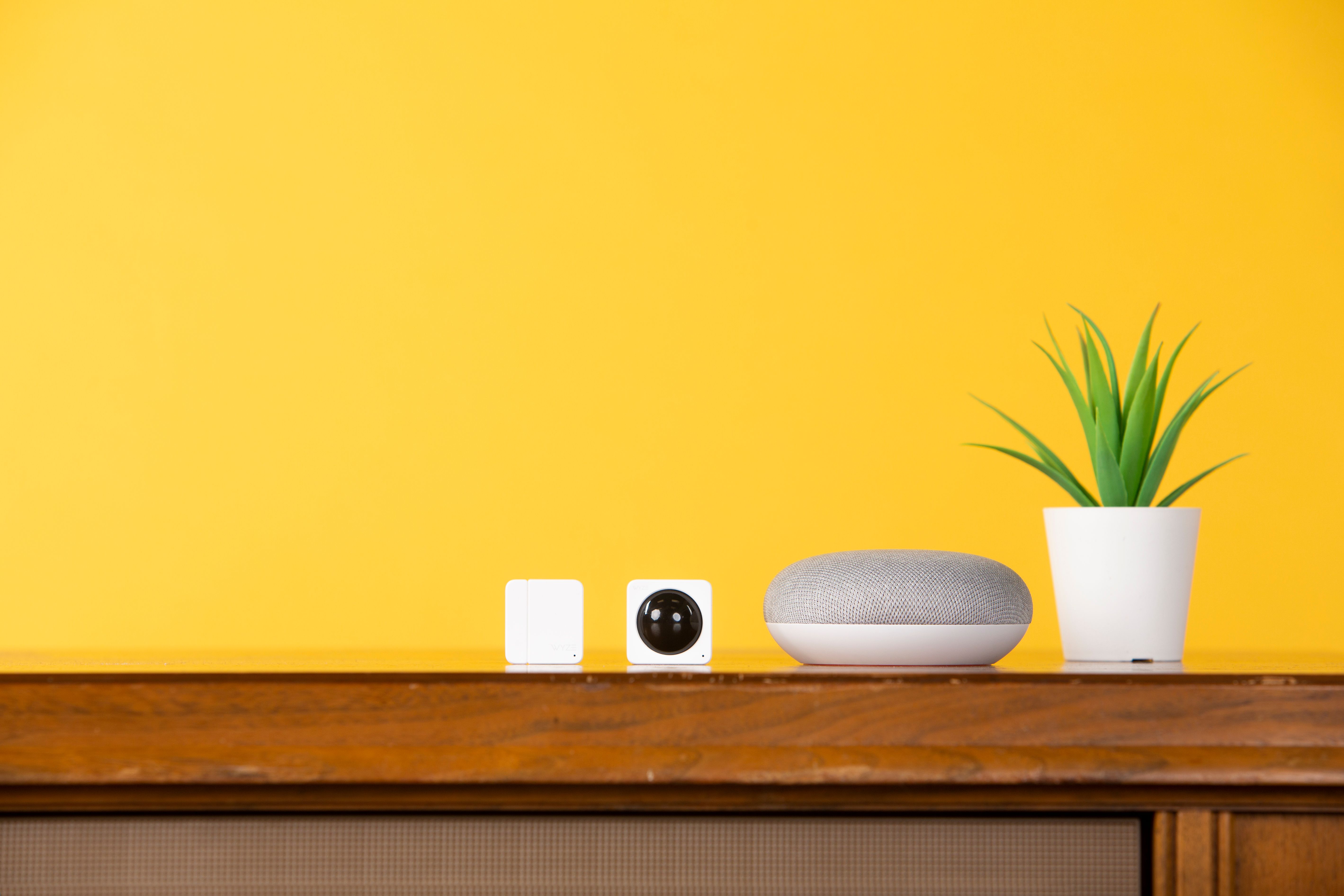
Home security cameras are common these days, but they're often spendy. Wyze made waves a while back by offering a basic but effective security camera for just $20. The Wyze cam is now getting some company in the form of a home sensor system that also costs $20.
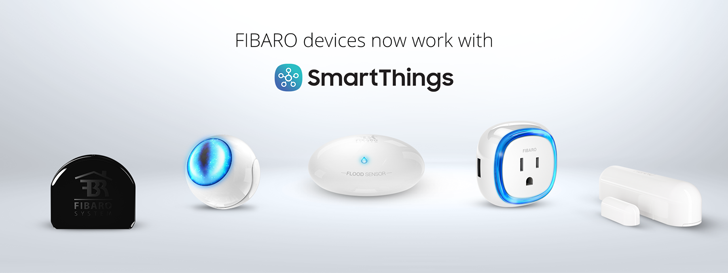
Inter-operability in the smart home isn't a given. Even when using standards like ZigBee and Z-Wave, you'll still find products from different companies that don't work well together. This is why today's news that Fibaro's devices are now compatible with SmartThings is quite nice to hear.Fibaro is well known across Europe for making its own smart home solutions — hub and all — and it's been expanding in the US as well. It uses Z-Wave for its products and until now, those required community-written code to work with the SmartThings hub if you didn't have Fibaro's own. Now you don't need that. You'll be able to add the company's sensors and devices directly in the SmartThings app without any tinkering.
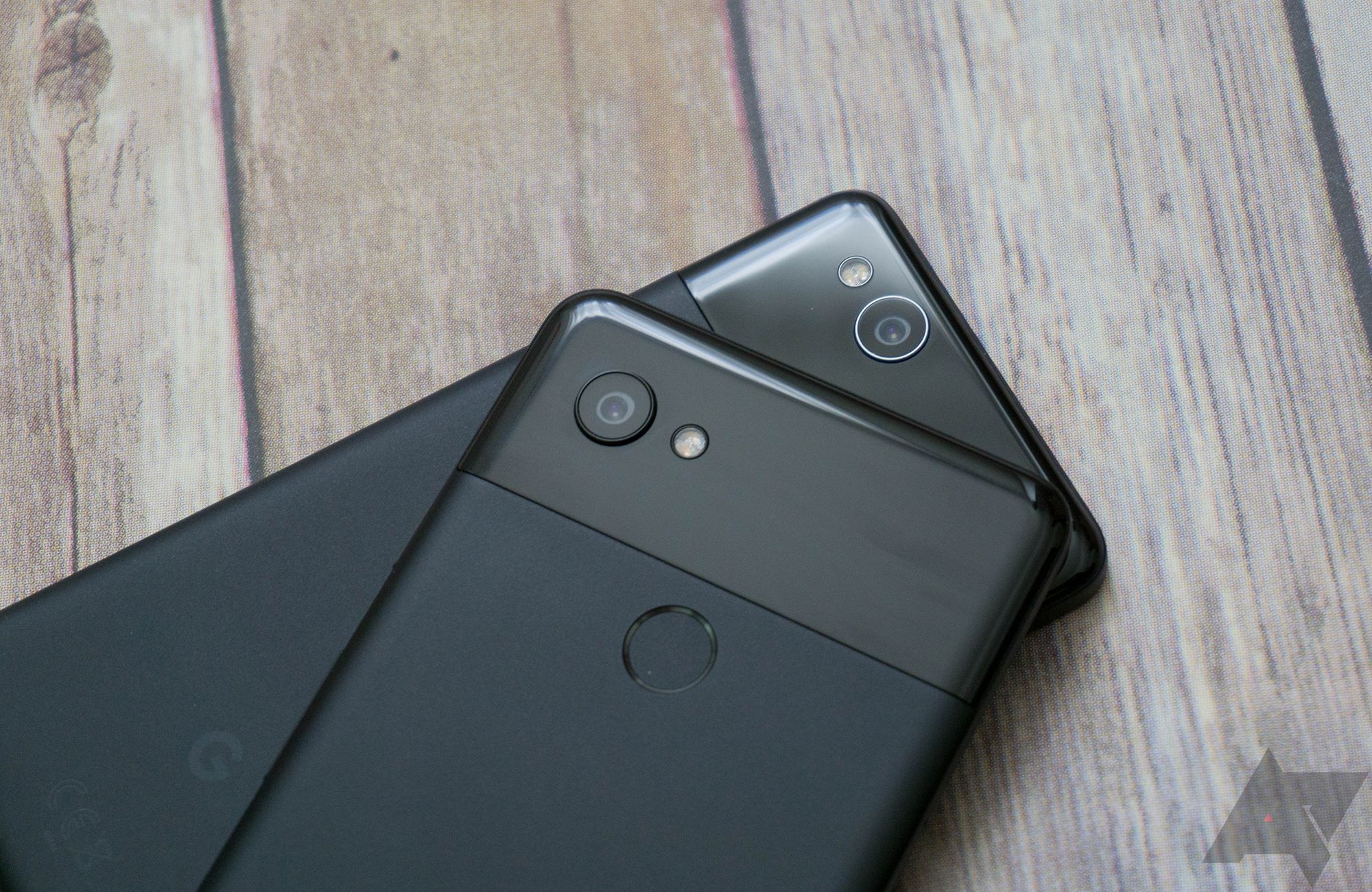
Last month, a series of AOSP commits revealed that the next release of Android would block apps in the background from using the camera or microphone. It's a bit surprising that this feature didn't already exist, but recent privacy concerns (like the theory about Facebook listening to users) may have pushed Google to implement it.
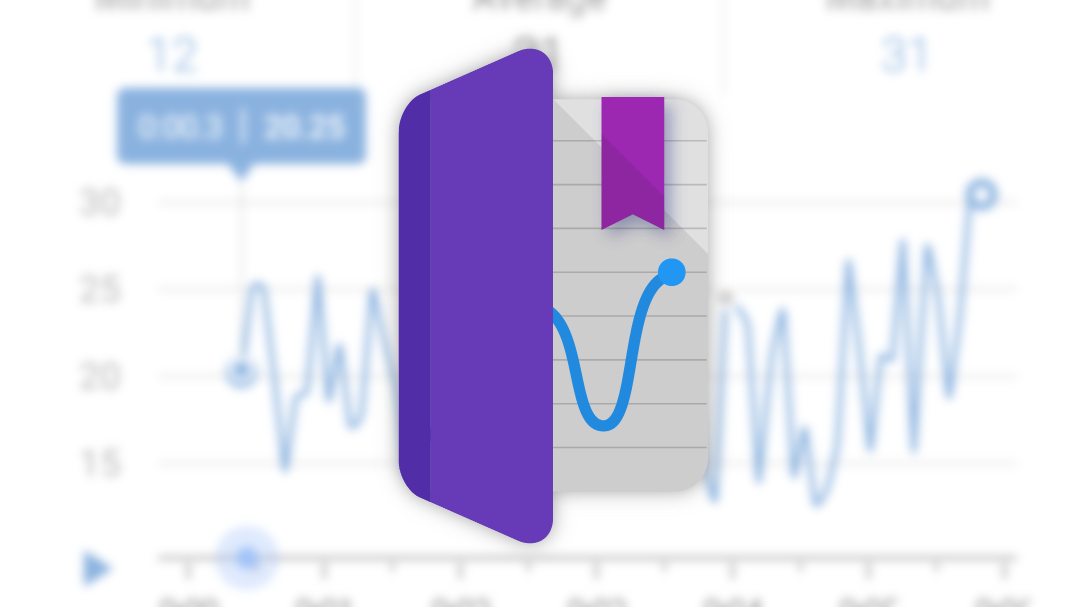
Back during 2016's I/O festivities, Google quietly launched what I consider one of its biggest sleeper hits: Science Journal. I could wax poetic about the app (and I will later), but the name is quite descriptive. Yesterday it saw a significant update, with support for more sensors, UI changes, and a new snapshot feature for capturing data points. An iOS version of the app was even released, so people of all platforms can more easily engage in the pursuit of quantitative inquiry.
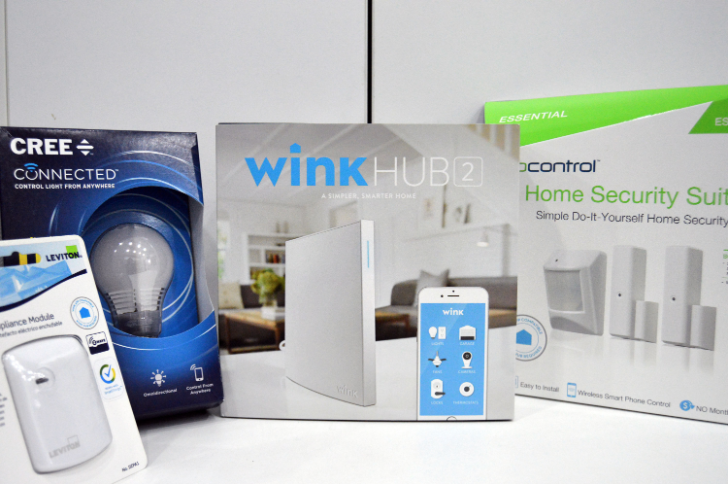
Wink is a well-known name when it comes to the smart home space, and in a blog post today the company announced support for a bunch of new products. It supports five new lighting solutions, seven new security products/sensors, and three motorized window solutions (fancy words for automated window blinds). Connecting all your smart home devices into one seamless solution has never been easier. The full list of newly supported devices is just below.
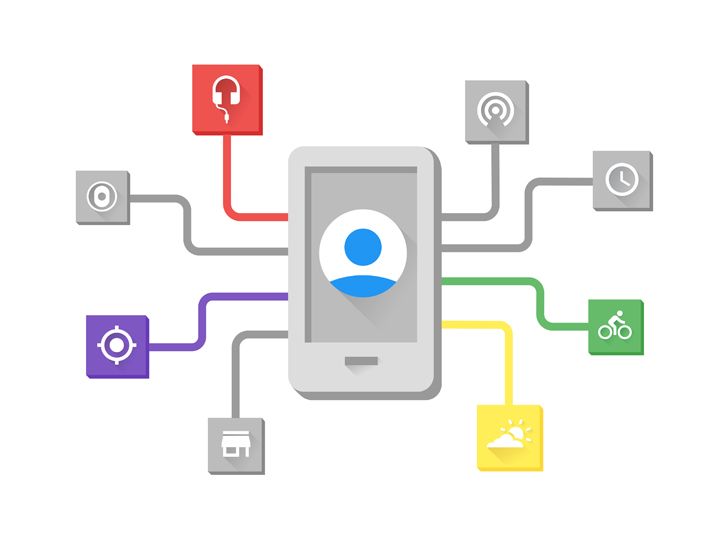
Android has always made use of location services in various ways, including recent innovations like location-based smart lock. What if your phone could truly understand what's going on in the world around it with a simple API? That's Google's new Awareness API, which was just announced at I/O.
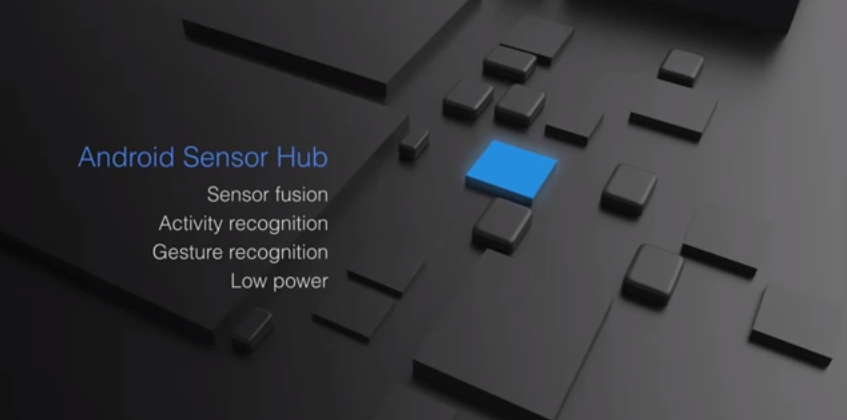
The Nexus 5X and Nexus 6P are packed with a number of cool hardware improvements over previous generations, like a shockingly fast fingerprint reader and a fast-charging USB Type-C connector. During today's presentation, Dave Burke spoke about a brand new piece of hardware dubbed Android Sensor Hub that can significantly extend battery life and allows even more inventive features to these phones. It's a dedicated low-power processor designed to efficiently manage sensor data so the main processor can go to sleep for longer periods of time.
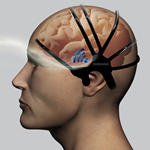
Samsung's forays into Wearable technology for the consumer market haven't been very groundbreaking, and a few never even touched down. Perhaps the secret was to aim higher than heart rate trackers and smartwatches. A small team at Samsung has been working in the company's Creativity Lab (a.k.a. C-Lab) developing a headset capable of observing brainwave patterns for signs of a stroke. Not only could the system help millions of people each year to prevent a crippling or fatal stroke, but the technology may have applications for monitoring the heart and brain for many other conditions.

At Google I/O, we heard a little bit about Google Fit - Google's renewed effort at quantified, managed health data. We heard that multiple partners had signed on and got a taste of what Google Fit would be able to accomplish, but beyond that details were a little hazy.

It's no mystery that Google has been poking around wearable gadgets for quite some time. The list of projects seems to keep growing as we hear about rumors of an LG-made smartwatch, another prototype watch designed by Motorola, and of course, Google's own Glass. Earlier today at SXSW, Sundar Pichai took to the stage to announce plans to release a brand new SDK for Android-based wearable devices in about two weeks.
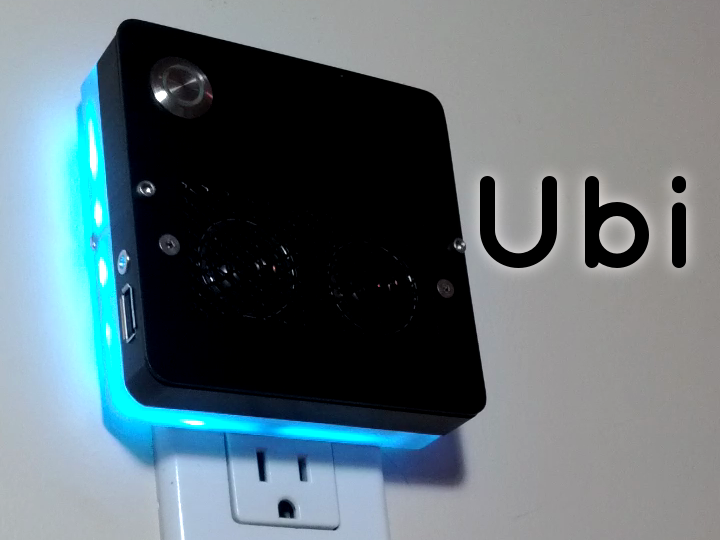
Meet Ubi: The Totally Voice-Controlled Android Computer You Plug Into A Wall Outlet
Another day, another Kickstarter project. This one actually looks like it could have potential, though. Ubi is an Android-powered speaker system that connects
Another day, another Kickstarter project. This one actually looks like it could have potential, though. Ubi is an Android-powered speaker system that connects to your local WiFi network. The small black box plugs into a power outlet and is controlled primarily via voice. It comes equipped with colored LEDs for notifications, and an array of sensors including temperature, humidity, air pressure, and ambient light. To round out the specs, the box packs a full-size USB port and a 3.5mm audio jack. Couple all that with an open development platform and the potential is nigh on limitless.






